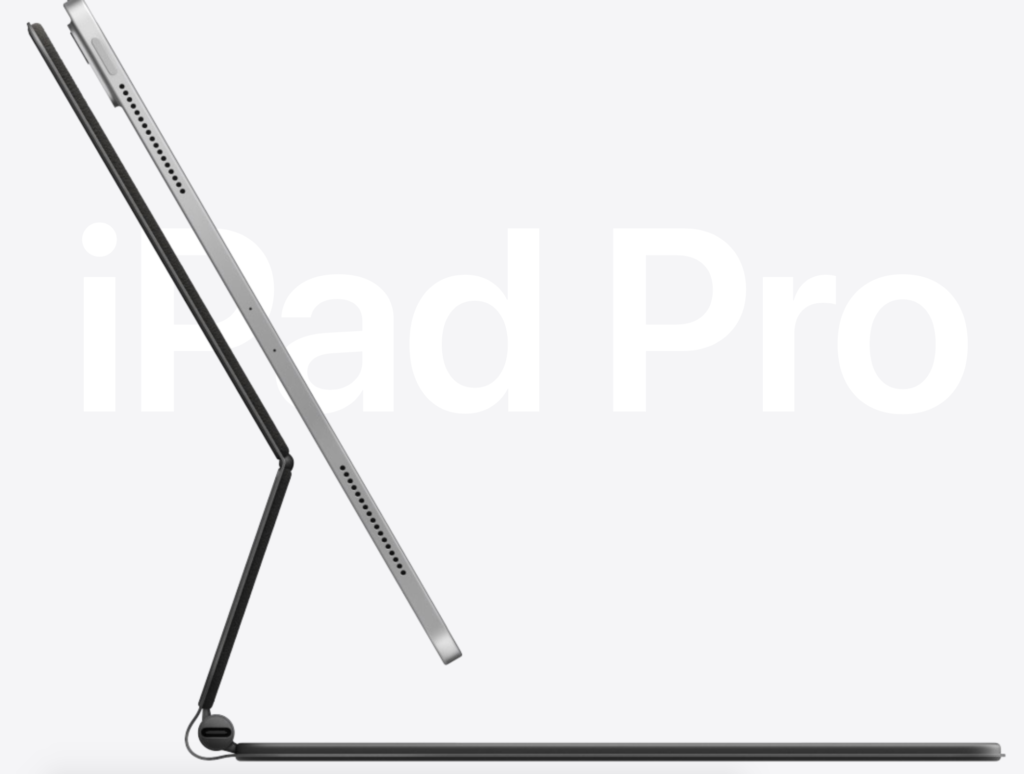Apple has revealed the next lineup of iPad Pro, the most anticipated product release of the spring for most tech consumers. The rumors had been running for months around this new iPad, and it seems like everything good we were hearing came, and the bad was left out.
This new iPad isn’t just any tablet. In the few short hours of the device being revealed and ready for pre-order, it has become clear that the 2020 iPad Pro is one of the most capable AR devices in the world. The baseline iPad Pro will cost $800 and will be ready for any task that the most expensive model would cost. The only difference between the baseline device and the most expensive is the storage and screen size.

The biggest difference between this model and the last? The chip and the camera, which seem be getting an upgrade across the lineup of all Apple products.
The iPad features two wide angle cameras, the same two wide angles that you’ll find on the newest iPhone 11. The wider of the two offers a field of view of 125°, something not many other tablets can flex. iPad Pro 2020 also features a LiDAR scanner, something we will touch on. All of this is meant for one thing specifically though, and that is augmented reality.
LiDAR
LiDAR (Light Detection and Ranging) is included in this iPad. Its a remote sensing method that the best scientists in the world use, and now you can harness the same power with the latest iPad Pro from Apple. “Every existing ARKit app automatically gets instant AR placement, improved motion capture and people occlusion. Using the latest update to ARKit with a new Scene Geometry API, developers can harness the power of the new LiDAR Scanner to unleash scenarios never before possible,” Apple says on their website.
LiDAR is used by law enforcement, NASA, and even oceanographers. Everyone that is serious about their craft can now use this technology.
On the website when describing the use case for LiDAR in the iPad, Apple says “LiDAR (Light Detection and Ranging) is used to determine distance by measuring how long it takes light to reach an object and reflect back. It is so advanced, it’s being used by NASA for the next Mars landing mission. And it’s now been engineered to fit in the thin and light iPad Pro.”
“The custom-designed LiDAR Scanner uses direct time of flight to measure reflected light from up to five meters away, both indoors and out. It works at the photon level, operates at nanosecond speeds, and opens up tremendous possibilities for augmented reality and beyond.”
AR Adoption
If you have stayed up to date on the latest AR wearable news, many know that Apple is toying with the idea of releasing some sort of AR/VR headset. If this is going to be possible, Apple will need uses to be comfortable with augmented reality, and more importantly, like to use it. What better way to start with that than giving their high-end consumers something to use with great AR tech?
Like we mentioned in our podcast yesterday, AR is going to take some adjusting when it first becomes a wearable. But that should only apply to the people observing, and not the people inside of the headset. The same users that will be buying this iPad are likely the same ones that are going to try out the glasses for the first time. The consumers that care about having the most up to date tech and the most advanced hardware in the world.
Whether Apple decides to let consumers adopt AR for another five years or another six months, they clearly have a roadmap on how to get it in their customers hands. Most of their AR wearable sales will come users already inside of the Apple product ecosystem, so making sure they are happy and well-informed with AR is the way to go. For more AR and VR news, make sure to check back at VRGear.com.